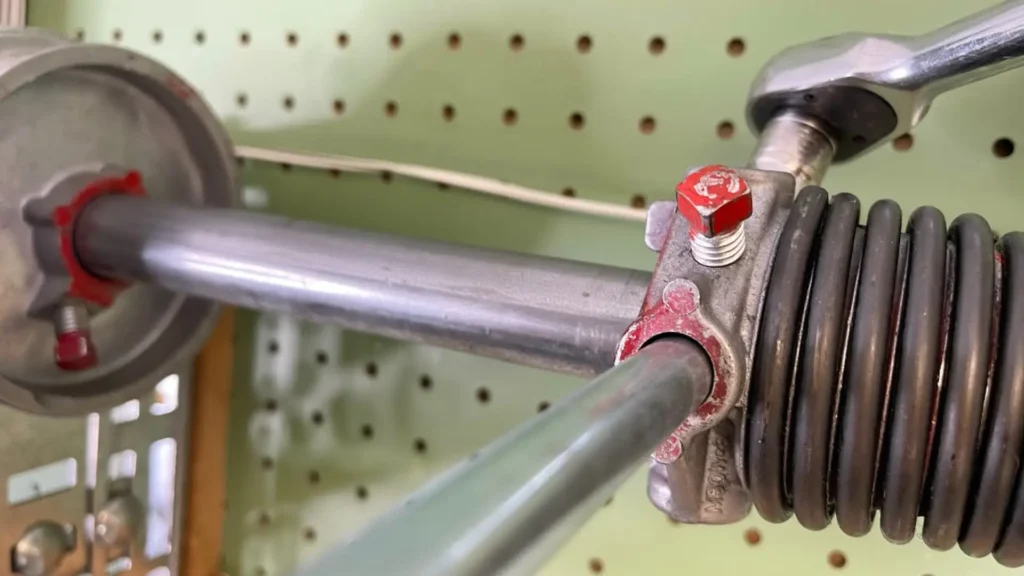Replacing garage door springs may seem like a daunting task, but with the right approach and techniques, it can be simplified to ensure a smooth and successful operation. In this comprehensive guide, we’ll explore the systematic methods and strategies for garage door springs replacement, empowering you to tackle this essential maintenance task with confidence and ease.
Understanding the Importance of Garage Door Springs Replacement
Garage door springs play a critical role in the functionality and safety of your garage door system. Over time, these springs can wear out or break, compromising the performance of the door and posing potential hazards to your property and safety. Regular replacement of garage door springs is essential to maintain optimal operation and prevent accidents or malfunctions.
Simplified Techniques for Garage Door Springs Replacement
Now, let’s delve into the simplified techniques and operations for replacing garage door springs replacement:
Assessment and Preparation: Before starting the replacement process, carefully assess the condition of your garage door springs. Look for signs of wear, rust, or damage, and determine the type and size of springs needed for replacement. Gather all necessary tools and safety equipment, including winding bars, vice grips, gloves, and safety goggles, to ensure a smooth and safe operation.
Release Tension and Disconnect the Door: Use winding bars to release tension from the springs and disconnect the garage door from the opener mechanism. This step is crucial for ensuring safety during the replacement process and preventing accidents or injuries.
Remove Old Springs and Install New Ones: Carefully remove the old springs from the door’s torsion shaft, taking note of their orientation and placement. Install the new springs following the manufacturer’s instructions, ensuring they are properly aligned and secured to the torsion shaft.
Adjust and Balance the Door
Once the new springs are installed, carefully adjust and balance the garage door to ensure smooth operation. Use winding bars to tension the springs appropriately, taking care to follow recommended guidelines for the specific type and size of springs being used.
Test and Fine-Tune: After completing the replacement process, test the garage door operation to ensure everything is functioning correctly. Make any necessary adjustments or fine-tuning to achieve optimal performance and safety.
Systematic techniques and operations for garage door springs replacement, you can simplify the process and ensure a successful outcome. Remember to prioritize safety at all times, and don’t hesitate to seek professional assistance if you encounter any challenges or uncertainties.
Learn more:
Streamlined Methods for Garage Door Springs Replacement: An optimal usage and implementation

